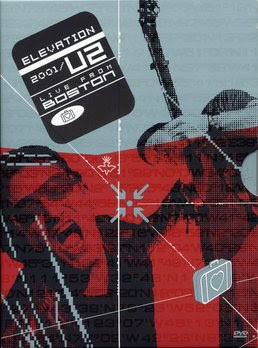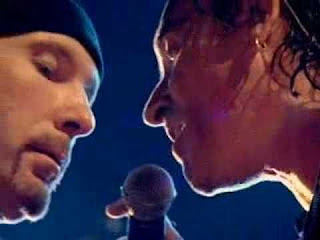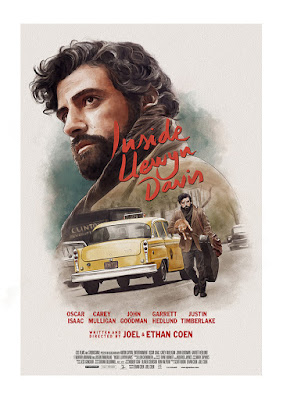One of the things about a Paul Thomas Anderson film is that there are often different levels operating at the same time. There might be a lot of motion on the screen as one character is harried, moving quickly through the set from one room to another, emotionally in chaos. At the same time another character, also in motion and interacting with the first, is calm and focused, operating on a different plane. You can feel the rhythm of both and the harmony where they interact in the same world. The ability of the film to communicate both so expertly at the same time reflects a level of mindfulness that is both exciting and grounding.
DiCaprio is trying to reconnect with his daughter, Willa, played by the young talent Chase Infinit to get both of them safe from the grasp of Colonel Lockjaw, a corrupt cop chasing them down in an attempt to cover the tracks of their shared past. DiCaprio’s Bob has settled into a haze of smoke and domesticity, a contrast to his left-wing revolutionary roots. He was the explosives expert 16 years earlier, but now his pot-addled brain can’t recall the codes he needs to get in touch with his former comrades. DiCaprio is truly dedicated to being a bumbling but driven father, and the imbalance between the different sides of his character inspires much of the film’s humor.
But I go back to those interwoven layers working together to create the fabric of the experience. There is great writing behind the story, and equally important is the craftsmanship across all the filmmaking elements. The pairing of the cinematography and the music is especially key to what draws me in, and I find it moving in ways I often cannot explain. The music can often be a constant distorted, unsettling rhythm, or a more steady, orchestral sustained chord, as during the aforementioned extraction scene. At other times the camera is steady and calm, while the energy of the characters is communicated through the pairing of music and performance.
The composer Jonny Greenwood’s partnership with PTA continues in One Battle After Another, and it's hard to overstate its effectiveness. The composition process starts from the script, so rather than an afterthought, it is incorporated in the process from the start. The collaboration between director, composer, and production departments reflects true harmony, both in the music Greenwood writes and in how it integrates with the film.
There are some great moments where unique filmmaking solutions serve multiple purposes and result in brilliance. An example is how the rise and fall of desert roads are used to portray the advance of three characters engaged in a car chase scene. The up and down is like a roller coaster or, as was pointed out to me, like the crests and valleys of waves on the sea. In addition to being visually satisfying (especially on an IMAX screen), it sets up a way to show one character’s ability to adapt to new circumstances and brings the chase to an exciting and emotional climax.
Although I would not say the film’s purpose is outright political messaging, it is very satirical as it tackles real issues. There’s no doubt it has some regard for the revolutionaries and their self-declared fight for truth and freedom even as it critiques them. Themes covered include immigration, law enforcement, civil unrest, corruption, and what some will call vigilantism (others, domestic terrorism). It reminded me that we live in a country founded by revolutionaries. It certainly shows how they can go too far, though. It does not treat them with over-reverence, and there are jabs and caricatures of all extreme parties and its humor is often biting.
But if you have to distill this epic down to one thing, it’s the relationship between a father and a daughter. Bob and Willa, each so different, are a family unit that rely on each other, and that’s universally felt. The film is a case against extremism and a call for passionate support of others, in caring for those you love. It shows that sticking by those you care for can be a wild ride.



